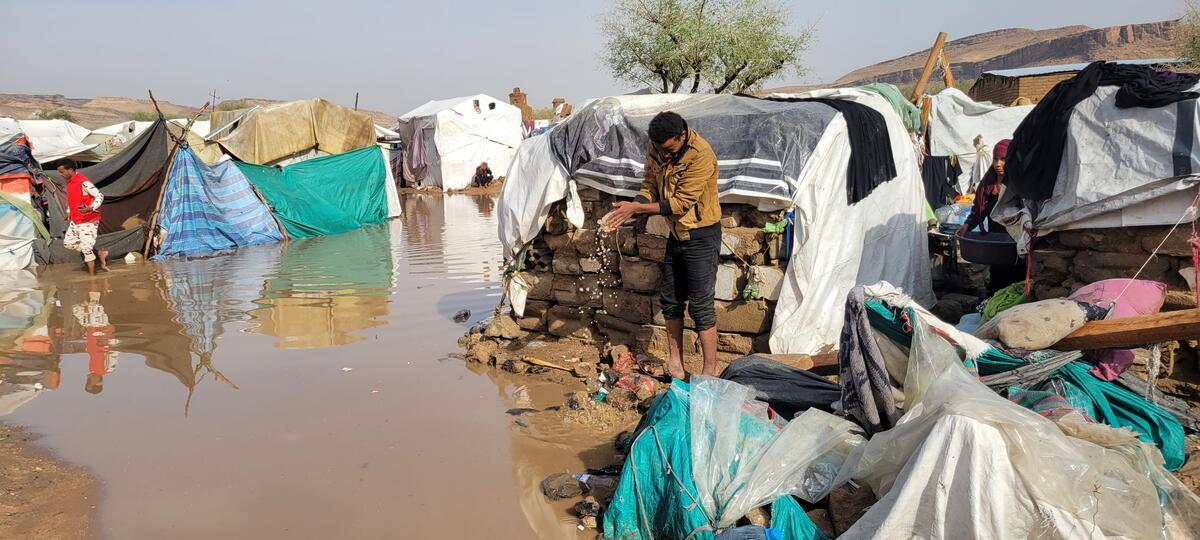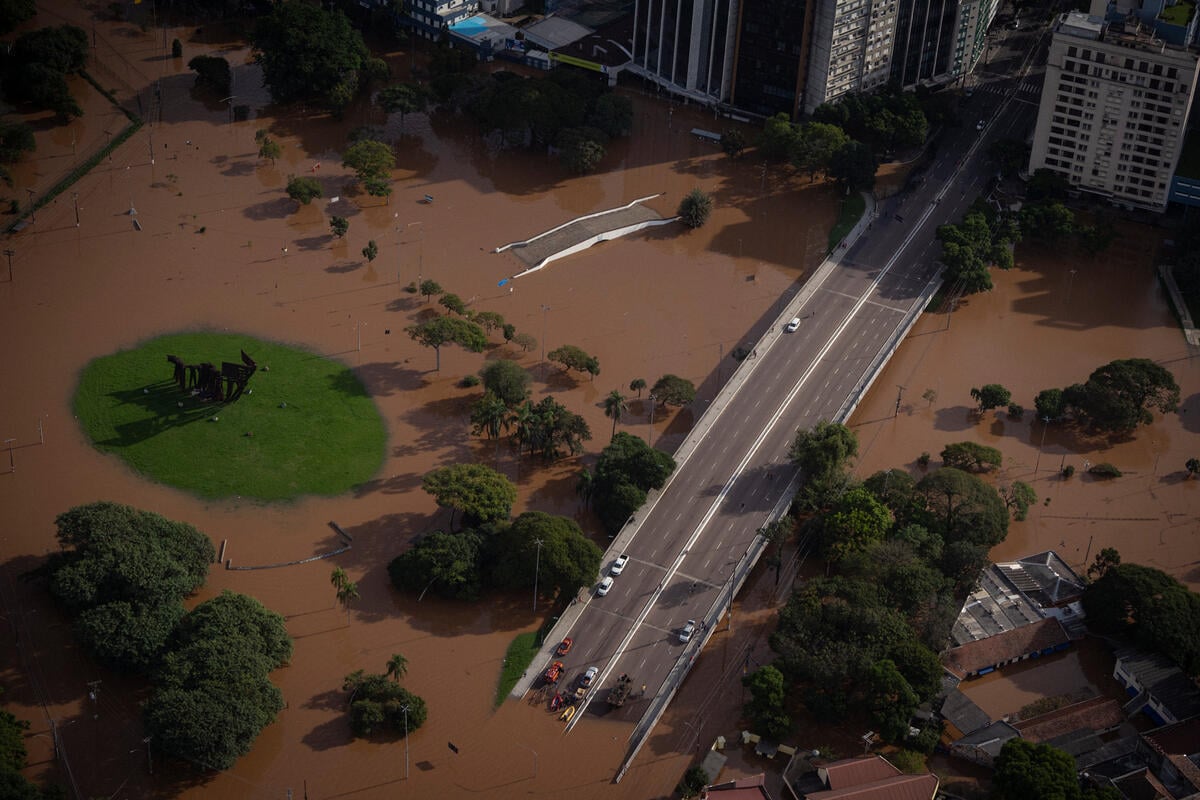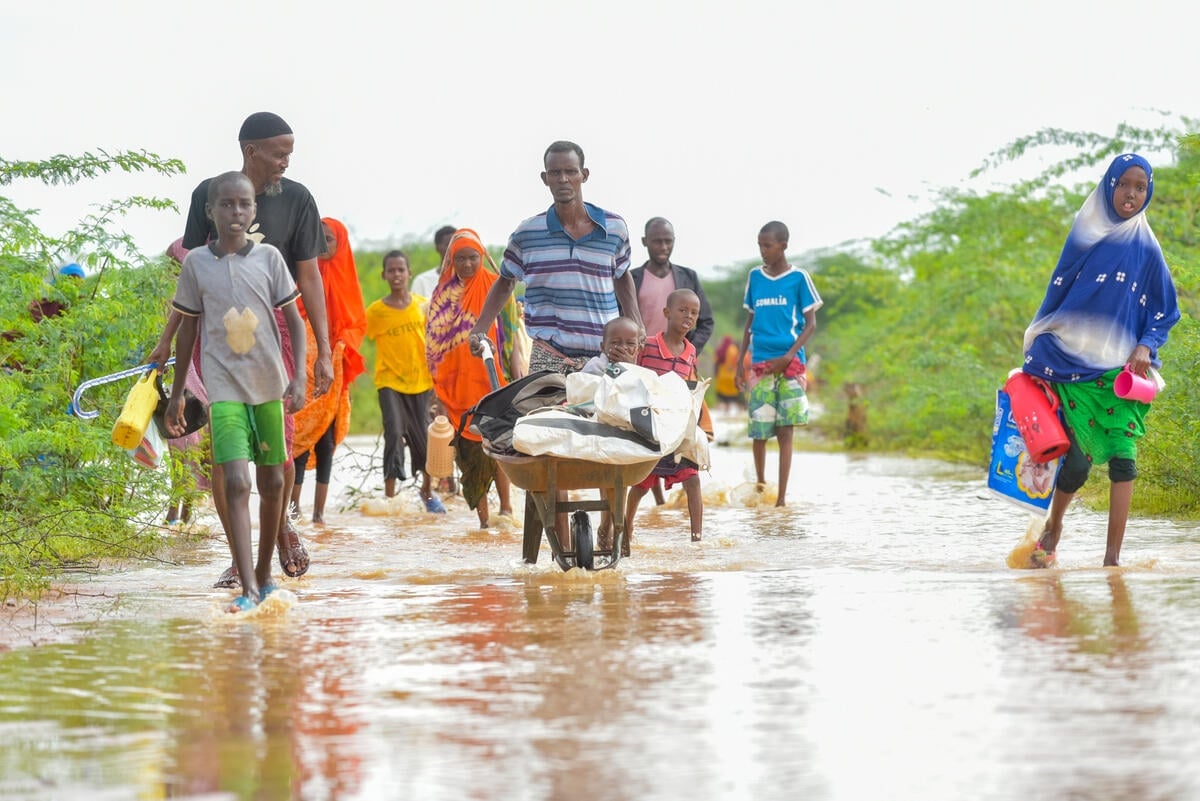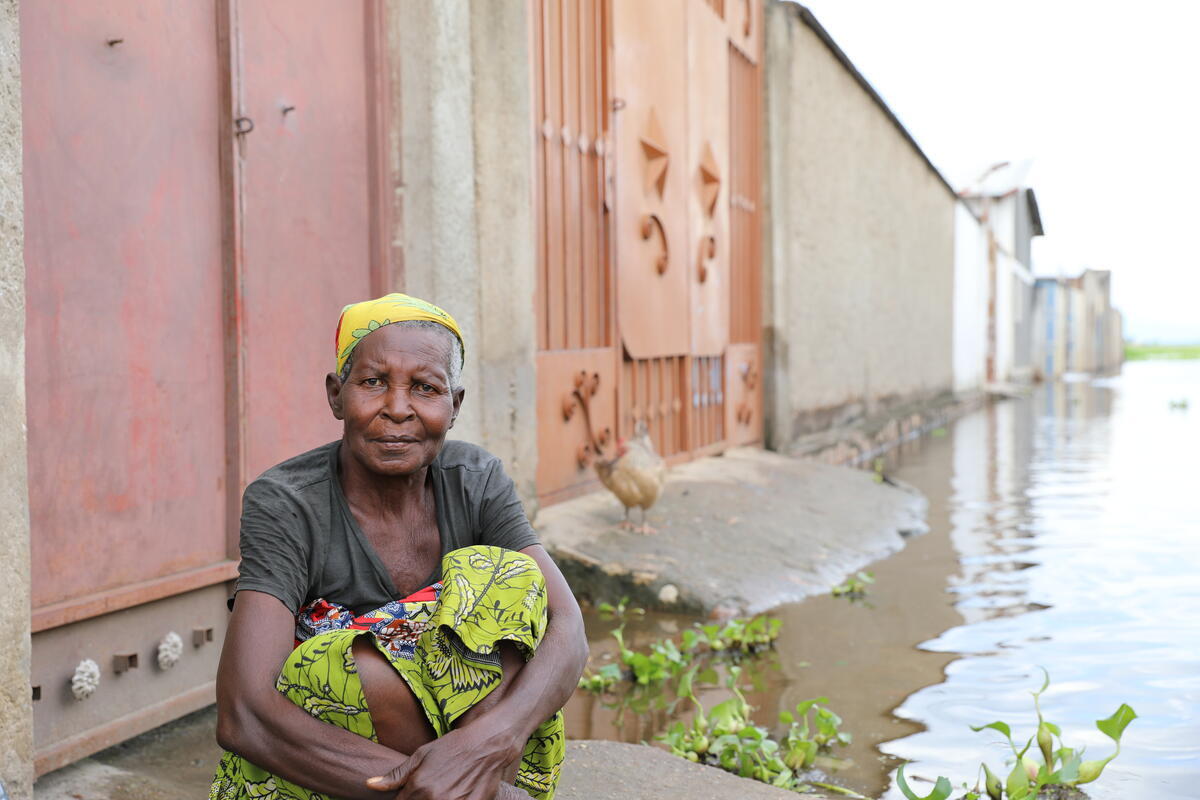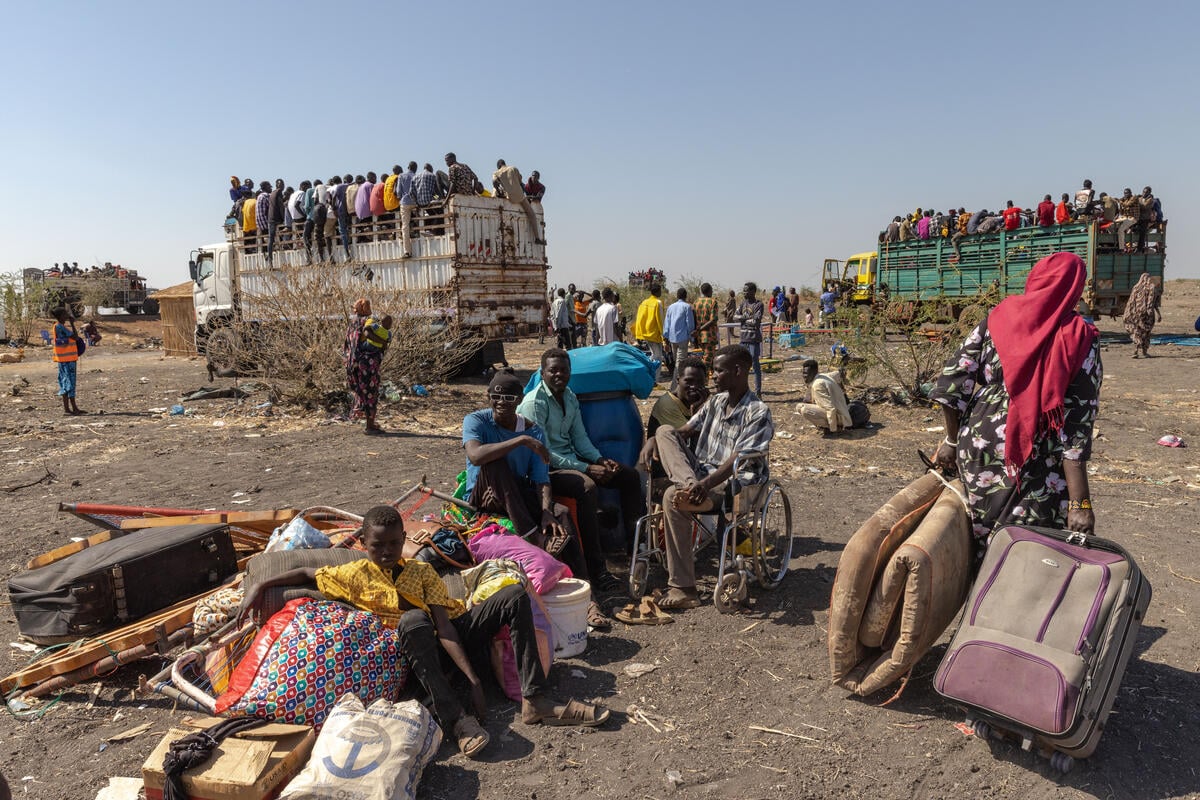Somali refugees face dangers and obstacles on their flight to safety
Somali refugees face dangers and obstacles on their flight to safety
Despite the continuing deterioration in Somalia's security and humanitarian environments our latest data is showing that the flow of refugees into most neighbouring countries has decreased considerably compared to the same period last year.
The numbers of arrivals in Yeman and Kenya - countries which have traditionally borne the brunt of the Somali refugee - are down sharply. In Yemen there were 6,660 new arrivals in the first half of this year, compared to 13,801 in the first half of 2009. In Kenya, arrivals have fallen by a third from 44,385 in the first six months of 2009 to 29,848 in the same period this year.
The reasons for this drop are not safer or more stable circumstances. The situation is worsening and everyday violence and human rights abuses in Somalia continue to displace thousands of civilians. We estimate that more than 200,000 Somalis have been forced to leave their homes this year alone - with most becoming displaced internally.
Due to insecurity and a lack of access to many parts of the country, UNHCR and other humanitarian organisations providing aid are facing great difficulties in reaching the millions of needy.
Those who reach safety abroad speak of a dire situation inside the country. According to newly arrived refugees, it is becoming increasingly dangerous and difficult to flee Somalia. Many displaced civilians are effectively trapped inside the country.
Somalis arriving by boat in Yemen have told us that there are now a dozen checkpoints on the road from Mogadishu to the northern port of Bossaso where many of those trying to flee the country board smugglers boats. These checkpoints are manned by different armed groups.
In Kenya, refugees are telling us they have fled insecurity and indiscriminate fighting between government forces and armed militias. They say it has been difficult to reach Kenya as many fear forced recruitment and abuse along the way. Often there is no transport and, when there is, many cannot afford to pay for the trip to the borders. In addition, the rainy season has made some roads impassable. Some of the refugees arriving in Kenya have been walking for days, resting along the way often without any shelter.
The one regional exception in terms of arrivals is Ethiopia, which has received 12,639 Somali refugees in the first half of 2010 compared to 8,411 in the same period in 2009.
There are now almost 600,000 Somali refugees in the region - some 323,000 in Kenya, another 164,000 were registered at reception centres in Yemen on arrival, and 72,000 in Ethiopia. After Afghanistan and Iraq, Somalia is generating the largest number of refugees in the world. In addition, there are more than 1.4 million people who are internally displaced.


